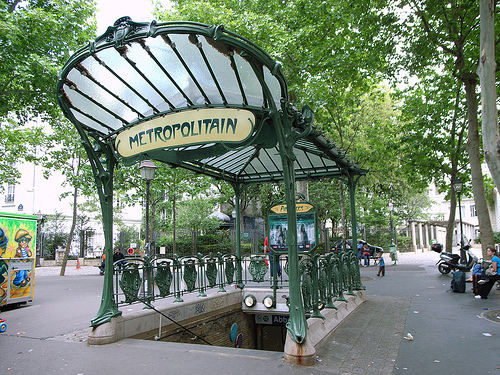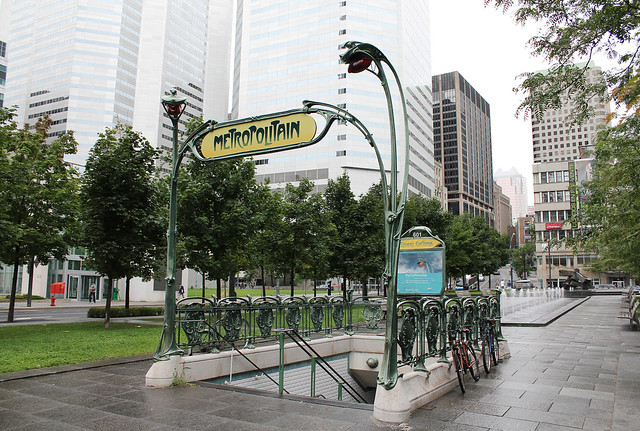BMO
Senior Member
I was absolutely blown away by how clean and nice the entire metro system in Montreal looked. This on top of the fact that there were homeless people sleeping on chairs and benches inside the actual platforms. The stations were remarkably clean and spacious. The physical expanse of some of the stations was astonishing, I can't even think of more than one or two stations in Toronto that can even come close to the actual size of most of the stations (the size of the mezzanine + platform, etc). It was also really interesting how at some interchange stations a different line would be on the same platform to make transfers quick.
My question comes down to how?
How come the Montreal system is able to stay clean and not look like a flood passed through it every day?
How come Montreal is able to justify large stations and art?
Before I visited I had always thought Montreal just had pretty art works in the stations, but after actually seeing it and using it we definitely need to take notes!
My question comes down to how?
How come the Montreal system is able to stay clean and not look like a flood passed through it every day?
How come Montreal is able to justify large stations and art?
Before I visited I had always thought Montreal just had pretty art works in the stations, but after actually seeing it and using it we definitely need to take notes!






